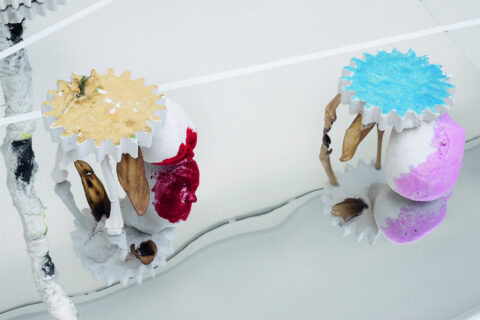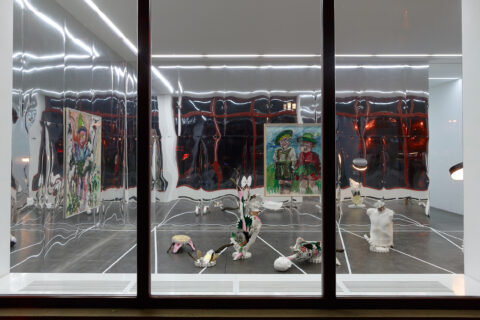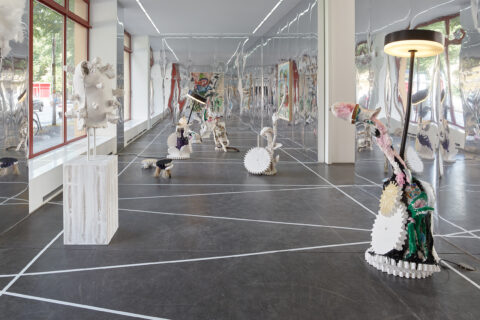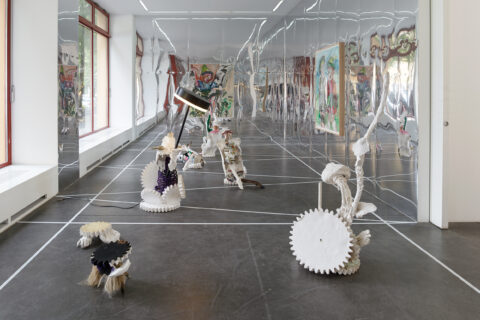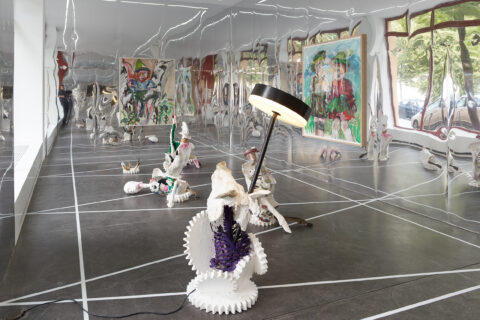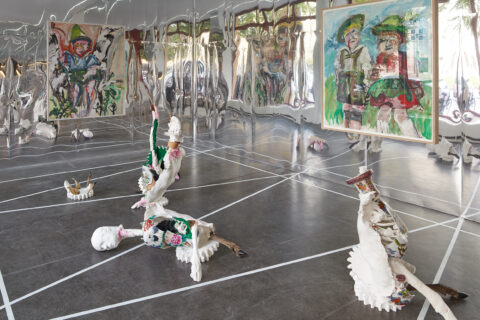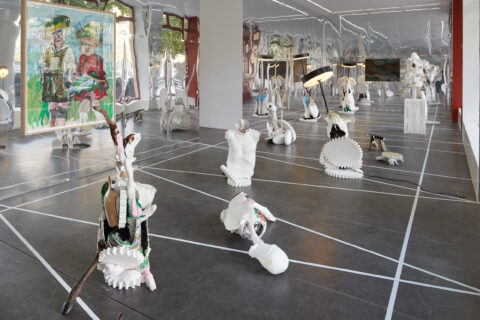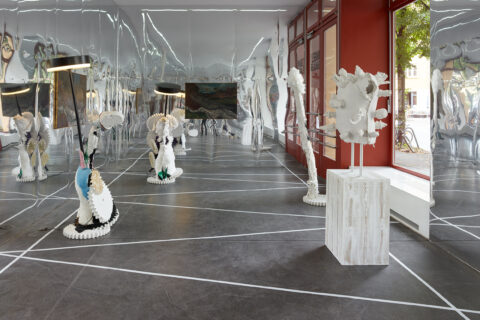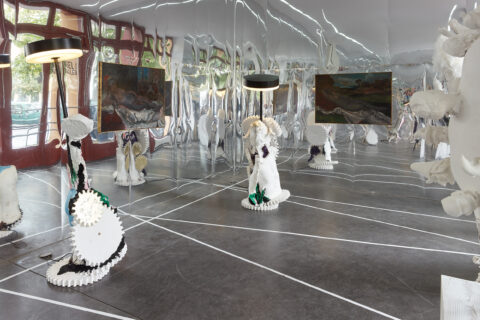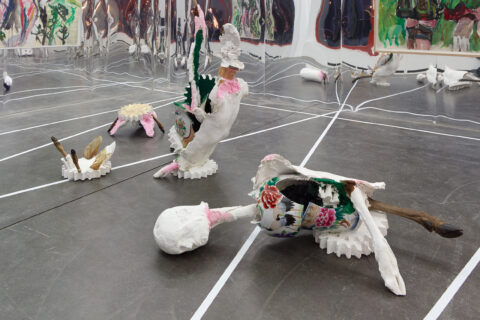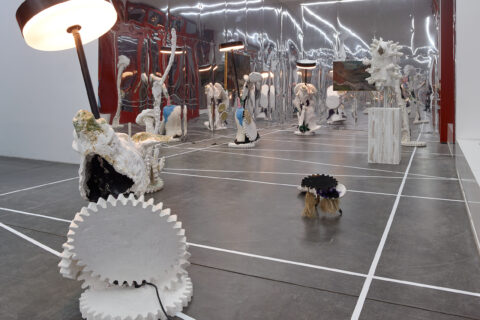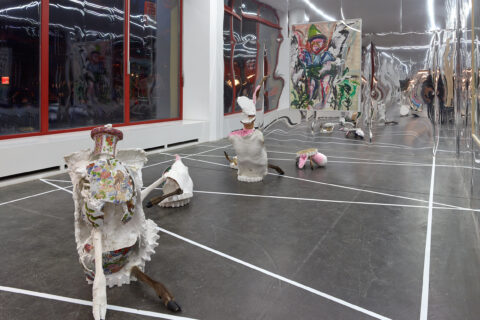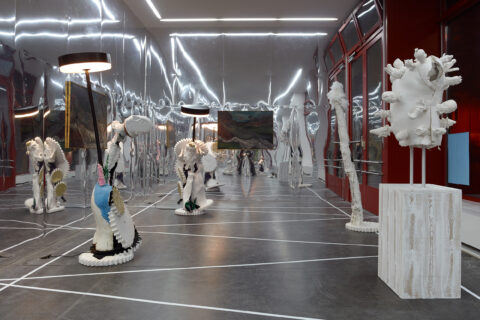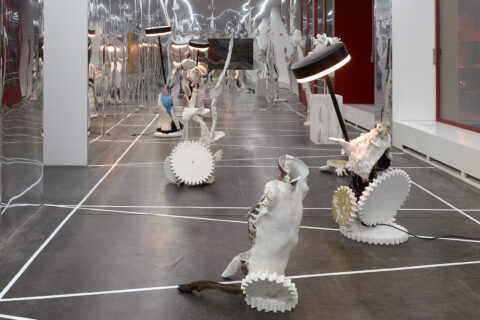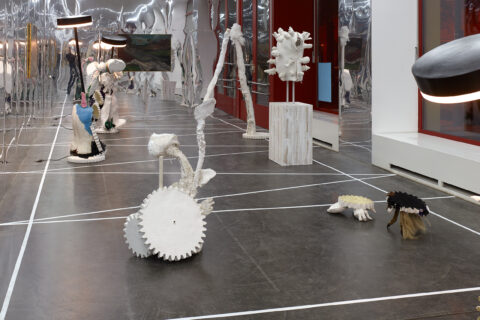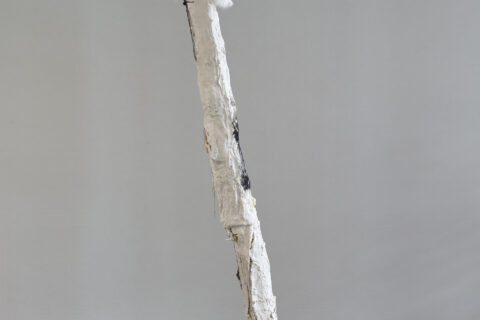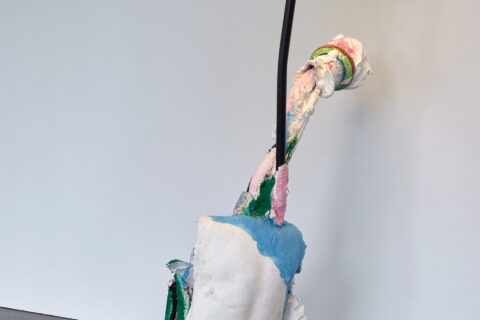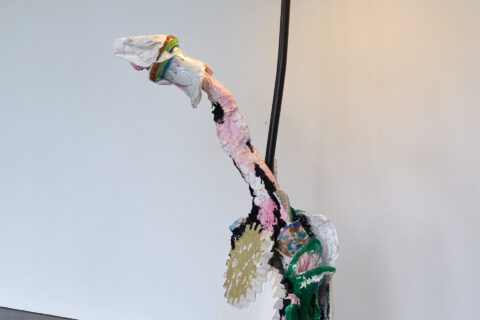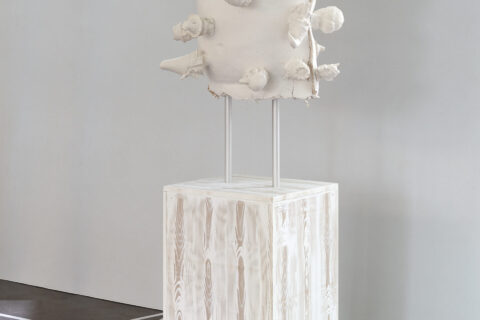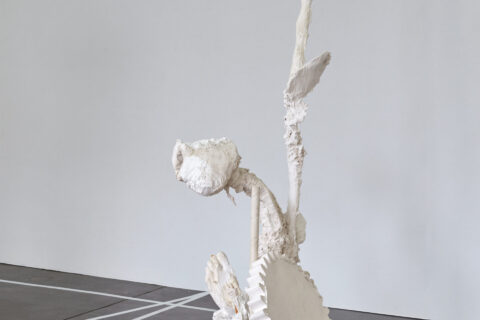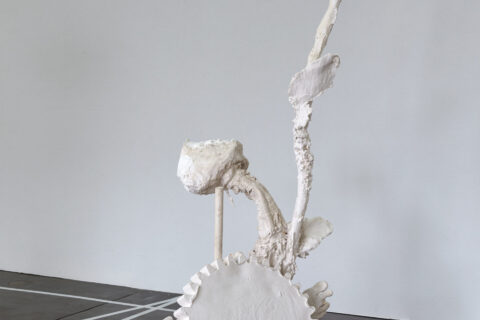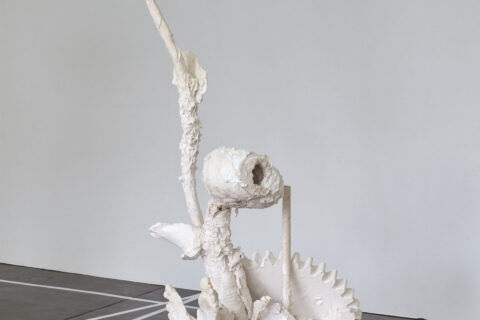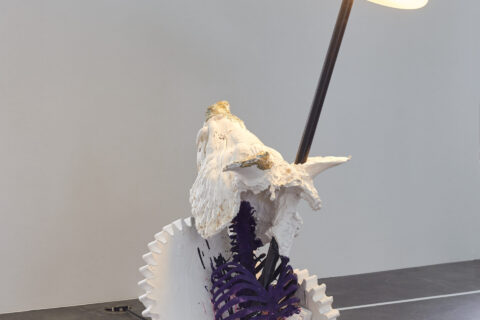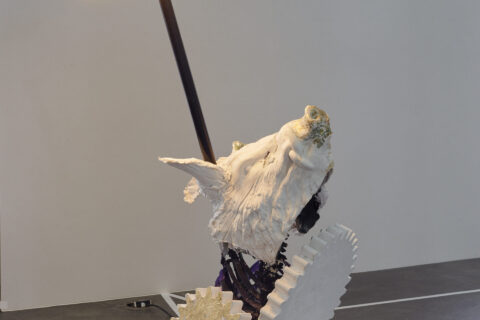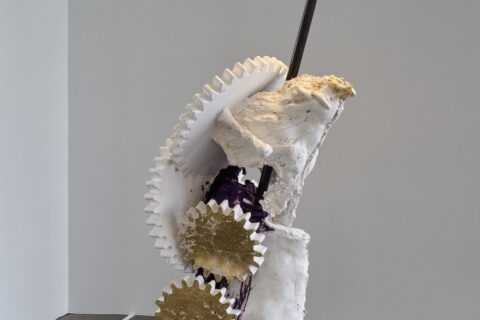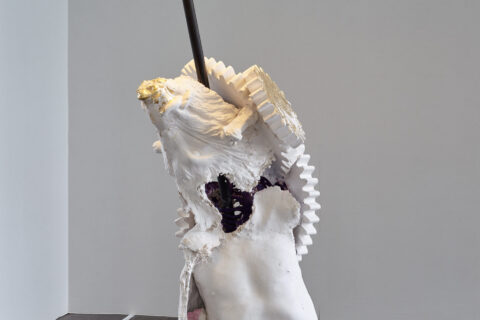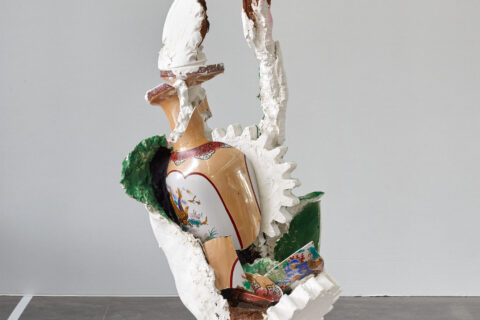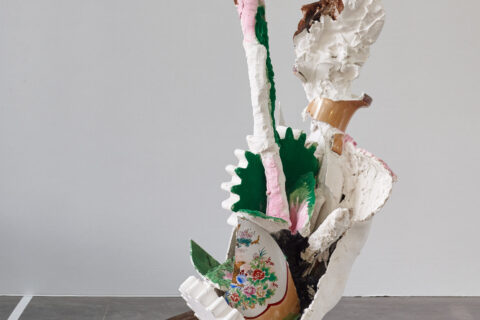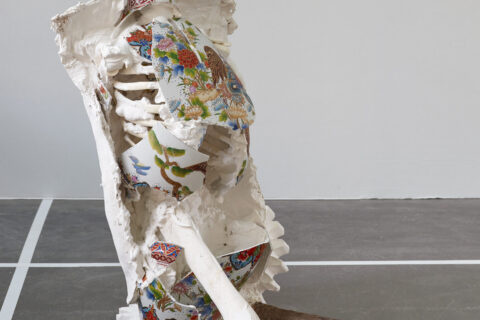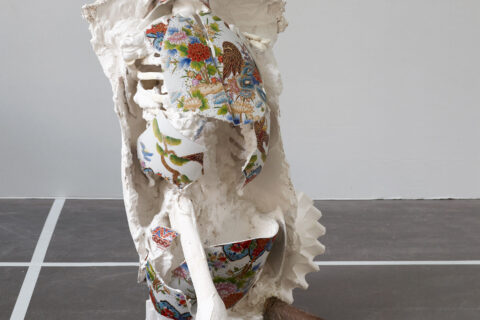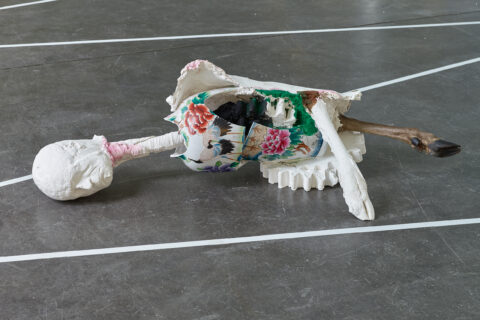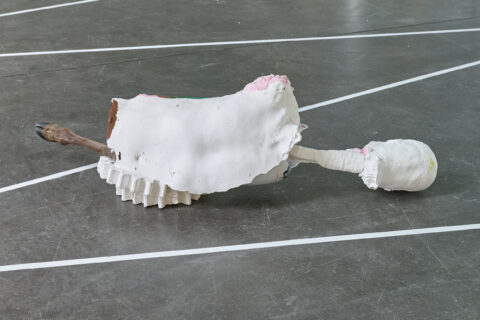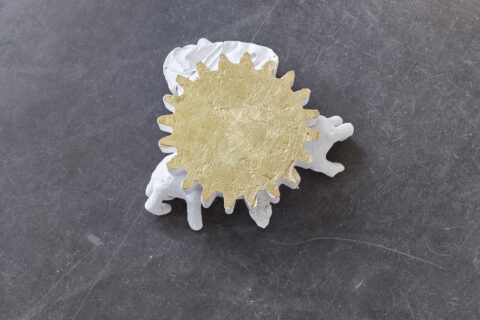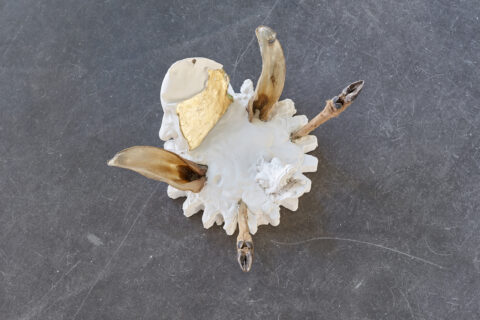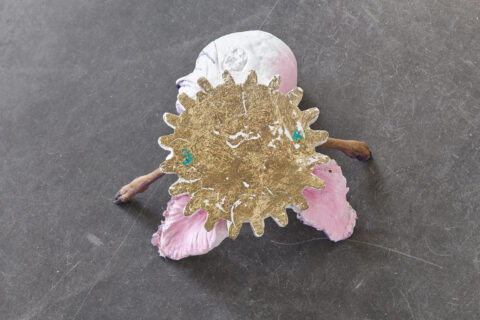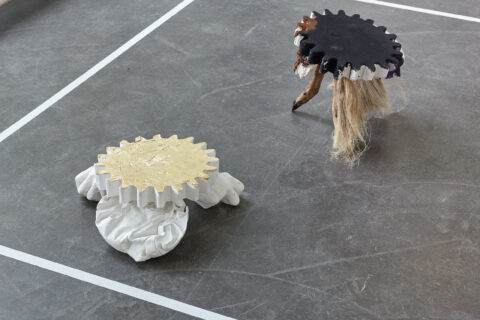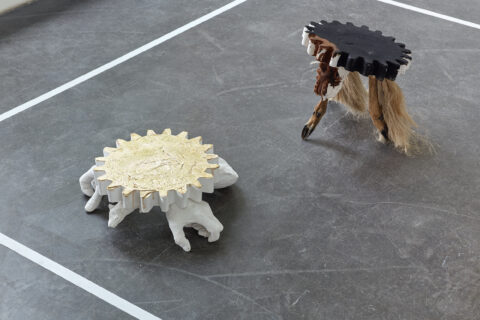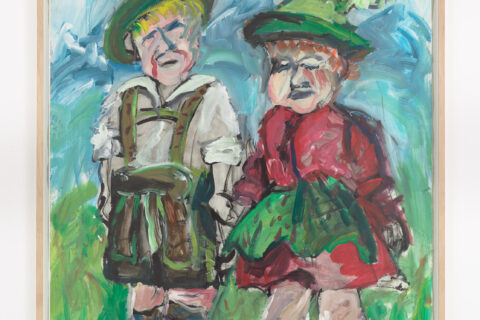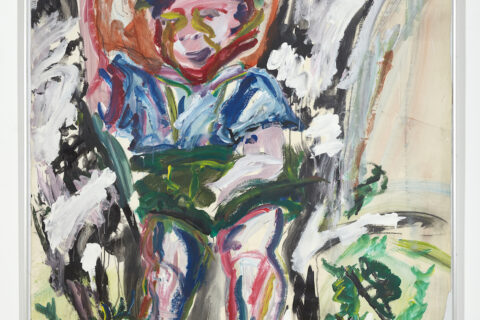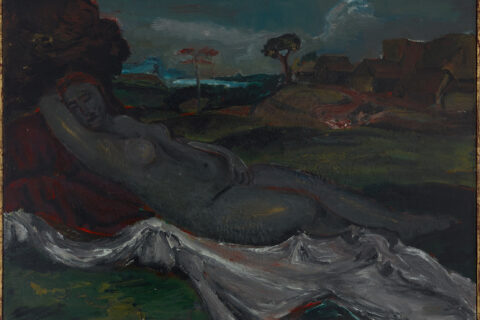Stephan Dillemuth Stephan Dillemuth
13/09/2017 – 08/11/2017
Eröffnung: Dienstag, 12. September, 2017, 19 – 22 Uhr
Opening: Tuesday, September 12, 2017, 7 – 10 pm
Galerie Nagel Draxler
Weydingerstr. 2/4
10178 Berlin
Öffnungszeiten / Hours:
Dienstag – Samstag: 11 – 18 Uhr / Tuesday – Saturday: 11 am – 6 pm
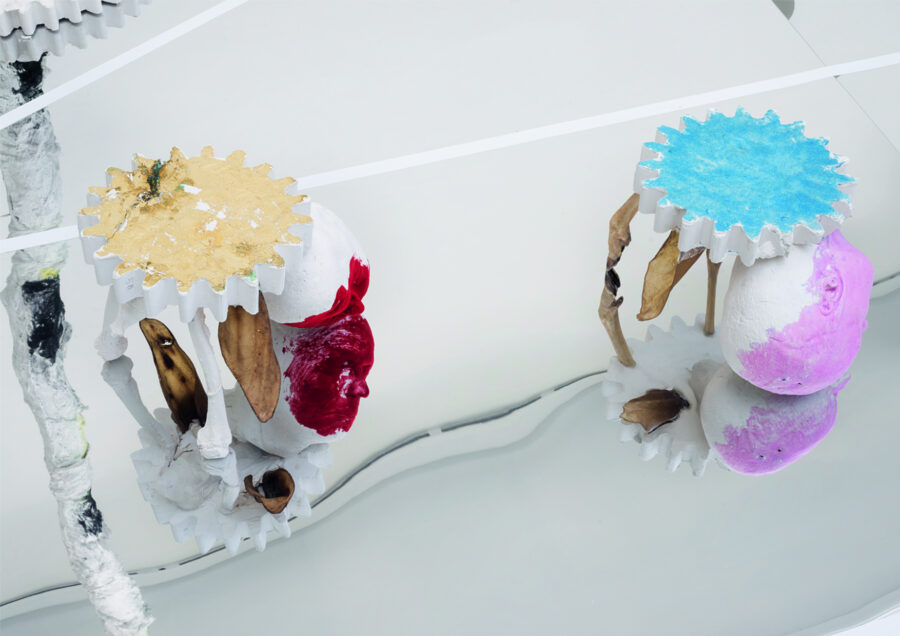
Installationsansicht, 2017
Galerie Nagel Draxler, Berlin
Photo: Simon Vogel
Installationsansicht, 2017
Galerie Nagel Draxler, Berlin
Photo: Simon Vogel
Installationsansicht, 2017
Galerie Nagel Draxler, Berlin
Photo: Simon Vogel
Installationsansicht, 2017
Galerie Nagel Draxler, Berlin
Photo: Simon Vogel
Installationsansicht, 2017
Galerie Nagel Draxler, Berlin
Photo: Simon Vogel
Installationsansicht, 2017
Galerie Nagel Draxler, Berlin
Photo: Simon Vogel
Installationsansicht, 2017
Galerie Nagel Draxler, Berlin
Photo: Simon Vogel
Installationsansicht, 2017
Galerie Nagel Draxler, Berlin
Photo: Simon Vogel
Installationsansicht, 2017
Galerie Nagel Draxler, Berlin
Photo: Simon Vogel
Installationsansicht, 2017
Galerie Nagel Draxler, Berlin
Photo: Simon Vogel
Installationsansicht, 2017
Galerie Nagel Draxler, Berlin
Photo: Simon Vogel
Installationsansicht, 2017
Galerie Nagel Draxler, Berlin
Photo: Simon Vogel
Installationsansicht, 2017
Galerie Nagel Draxler, Berlin
Photo: Simon Vogel
Installationsansicht, 2017
Galerie Nagel Draxler, Berlin
Photo: Simon Vogel
Installationsansicht, 2017
Galerie Nagel Draxler, Berlin
Photo: Simon Vogel
Installationsansicht, 2017
Galerie Nagel Draxler, Berlin
Photo: Simon Vogel
„Ohne Titel (Baum Storage)“, 2017
Gips, Watte, Flocking
198 x ø 50 cm
Photo: Simon Vogel
„Ohne Titel (Baum Storage)“, 2017
Gips, Watte, Flocking
198 x ø 50 cm
Photo: Simon Vogel
„Swing, to make shame more shameful by making it public“, 2017
Lampe, Gips, Plastik-Skellett-Reste, Vasenscherben, Schlagmetall, Flocking
190 x ø 80 cm
Photo: Simon Vogel
„Swing, to make shame more shameful by making it public“, 2017
Lampe, Gips, Plastik-Skellett-Reste, Vasenscherben, Schlagmetall, Flocking
190 x ø 80 cm
Photo: Simon Vogel
„The Difficulty Of Ruling Over A Diverse Nation“, 2017
Holzpodest, Gipstorso
Podest: 77 x 45,5 x 42 cm
Torso: ca. 100 x 50 x 45 cm
Photo: Simon Vogel
„The Difficulty Of Ruling Over A Diverse Nation“, 2017
Holzpodest, Gipstorso
Podest: 77 x 45,5 x 42 cm
Torso: ca. 100 x 50 x 45 cm
Photo: Simon Vogel
„Fleur de Sel“, 2017
Gips, Salz, Plastik-Skelett-Reste
160 x ø 70 cm
Photo: Simon Vogel
„Fleur de Sel“, 2017
Gips, Salz, Plastik-Skelett-Reste
160 x ø 70 cm
Photo: Simon Vogel
„Fleur de Sel“, 2017
Gips, Salz, Plastik-Skelett-Reste
160 x ø 70 cm
Photo: Simon Vogel
„Cool, to make shame more shameful by making it public“, 2017
Lampe, Gips, Plastik-Skellett-Reste, Vasenscherben, Schlagmetall, Flocking
150 x ø 60 cm
Photo: Simon Vogel
„Cool, to make shame more shameful by making it public“, 2017
Lampe, Gips, Plastik-Skellett-Reste, Vasenscherben, Schlagmetall, Flocking
150 x ø 60 cm
Photo: Simon Vogel
„Bebop, to make shame more shameful by making it public“, 2017
Lampe, Gips, Plastik-Skellett-Reste, Vasenscherben, Schlagmetall, Flocking
180 x ø 70 cm
Photo: Simon Vogel
„Bebop, to make shame more shameful by making it public“, 2017
Lampe, Gips, Plastik-Skellett-Reste, Vasenscherben, Schlagmetall, Flocking
180 x ø 70 cm
Photo: Simon Vogel
“Aw Shucks, Marsyas, III”, 2017
Gips, Vasenscherben, Hirschfüße
130 x 50 x 60 cm
Photo: Simon Vogel
“Aw Shucks, Marsyas, III”, 2017
Gips, Vasenscherben, Hirschfüße
130 x 50 x 60 cm
Photo: Simon Vogel
„Aw Shucks, Marsyas, II“, 2017
Gips, Vasenscherben, Hirschfüße
90 x 50 x 70 cm
Photo: Simon Vogel
„Aw Shucks, Marsyas, II“, 2017
Gips, Vasenscherben, Hirschfüße
90 x 50 x 70 cm
Photo: Simon Vogel
„Aw Shucks, Marsyas, I“, 2017
Gips, Vasenscherben, Hirschfüße
40 x 130 x 55 cm
Photo: Simon Vogel
„Aw Shucks, Marsyas, I“, 2017
Gips, Vasenscherben, Hirschfüße
40 x 130 x 55 cm
Photo: Simon Vogel
„4B“, 2017
Gips, Schlagmetall
15 x ø 43 cm
Photo: Simon Vogel
„4A“, 2017
Gips, Rehfüße, Rinderohren, Schlagmetall
22 x ø 40 cm
Photo: Simon Vogel
„2B“, 2017
Gips, Rehfüße, Flocking, Schlagmetall
24 x ø 45 cm
Photo: Simon Vogel
„2B“, 2017
Gips, Rehfüße, Flocking, Schlagmetall
24 x ø 45 cm
Photo: Simon Vogel
„4B“, 2017
Gips, Schlagmetall
15 x ø 43 cm
Stephan Dillemuth
„6B“, 2017
Gips, Rehfüße, Flocking, Flax
30 x ø 40 cm
Photo: Simon Vogel
„4B“, 2017
Gips, Schlagmetall
15 x ø 43 cm
Stephan Dillemuth
„6B“, 2017
Gips, Rehfüße, Flocking, Flax
30 x ø 40 cm
Photo: Simon Vogel
„Bayernpaar“, 1979
Dispersionsfarbe auf Papier
151 x 131,5 cm
Photo: Simon Vogel
„Bayernbub“, 1979
Dispersionsfarbe auf Papier
154 x 127 cm
Photo: Simon Vogel
„Damen“, 1984
Acrylat auf Nessel
82 x 117 cm
Photo: Simon Vogel
„Damen“, 1984
Acrylat auf Nessel
82 x 117 cm
Photo: Simon Vogel
Press Release
Stephan Dillemuth zeigt in seiner Ausstellung aktuelle Skulpturen und frühe Bilder von 1979 und 1984.
Der Bayernbub und das Bayernpaar stammen aus Dillemuths ersten Ausstellungen 1979, es handelt sich um Motive von Souvenirpostkarten, die mit malerisch expressiver Geste auf Kunstformat übertragen werden. Low wird gegen High getauscht. Für die auf Leinwand „kopierten“ Kunstpostkarten, die Damen von 1984, verwendet Dillemuth billige Industiefarben, Meisterwerke kopiert mit armen Mitteln.
Beide Werkgruppen bilden idealisierte Körper ab, Heimatfolklore, Frauenakte. In beiden spiegelt sich die Kritik an Kunst als scheinbare Umkehrung unbegrenzter Verwertbarkeit. Dillemuth vertauscht Werte und Scheinwerte. Tauschprozesse sind ökonomische Tauschprozesse. Ökonomische Tauschprozesse sind immer körperliche Tauschprozesse, Tauschprozesse zwischen Mensch, Tier und Maschine, zwischen dem Lebendigem und seiner organisierten Ausbeutung. Als Universalmetapher für letzteres steht das Zahnrad. In Dillemuths aktuellen Skulpturen ist es mit Mensch-, Tier- und Kulturfragmenten (Abgüssen von des Künstlers Kopf und Händen, Tierpfoten und Schweineköpfen, Dekorvasen oder Lampen modernistischen Designs - Kitsch und Stil) zu atemberaubend hässlich-schönen Skulpturen vermengt. Skulpturen, die erscheinen wie flüssig gemalt.
Diese Verflüssigung wird durch die Präsentation ins Unendliche verlängert. Wie in den Spiegelkabinetten des Rokoko werden Raum und Repräsentation von Macht ins Unendliche (ins Virtuelle) erweitert. In dem mit Folie verspiegelten Raum werfen die Bilder und Skulpturen Wellen in alle Richtungen. In diesen malerischen Skulpturen zeigt sich die Malerei als resistenter zweiter roter Faden im Werk von Stephan Dillemuth. Es handelt sich um eine auch im Dreidimensionalen radikal malerische Praxis, die den Stresstest der von ihm selbst stark mitvollzogenen substanzkritischen Diskurse der 90er Jahre durchlebt und überstanden hat.
_________
In his exhibition Stephan Dillemuth shows recent sculptures and early paintings from 1979 and 1984.
Bayernbub and Bayernpaar originate from Dillemuth's first exhibitions in 1979. Their motives derive from souvenir postcards that are transferred to the canvas by painterly, expressive gesture. Low is replaced by High. For the "copied" postcards on canvas, the works titled Damen of 1984, Dillemuth uses cheap industrial colors, masterworks copied with poor materials.
Both groups of works illustrate idealized bodies, folklore, female nudes. Both mirror the critique of art as apparent reversal of indefinite usability. Dillemuth reverses values and apparent values. Pro- cesses of exchange are economic processes of exchange. Economic processes of exchange are always physical processes of exchange, processes of exchange between humans, animals and machines, between the lively and its organized exploitation. The gear serves as universal metaphor for the latter. In Dillemuth's most recent sculptures it is blended with fragments of hu- mans, animals and culture (casts of the artist's head and hands, animal paws and pigs' heads, decorated vases or lamps of modernist design - kitsch and style), forming breathtaking ugly-beauti- ful sculptures. Sculptures that appear as liquidly painted.
Through the presentation, this liquefaction is expanded into infinity. As in the mirror cabinets of the rococo style, space and and the representation of power are extended into infinity (into virtuality). In the mirror foil covered space, the paintings and sculptures throw waves into all directions. In these painterly sculptures, painting manifests itself as resistant, second common thread in Stephan Dillemuth's oeuvre. It is, also in the three-dimensional space, a radical painting practice that expe- rienced and withstood the stress test of substance-critical discourses of the 1990s that Dillemuth himself strongly influenced.
